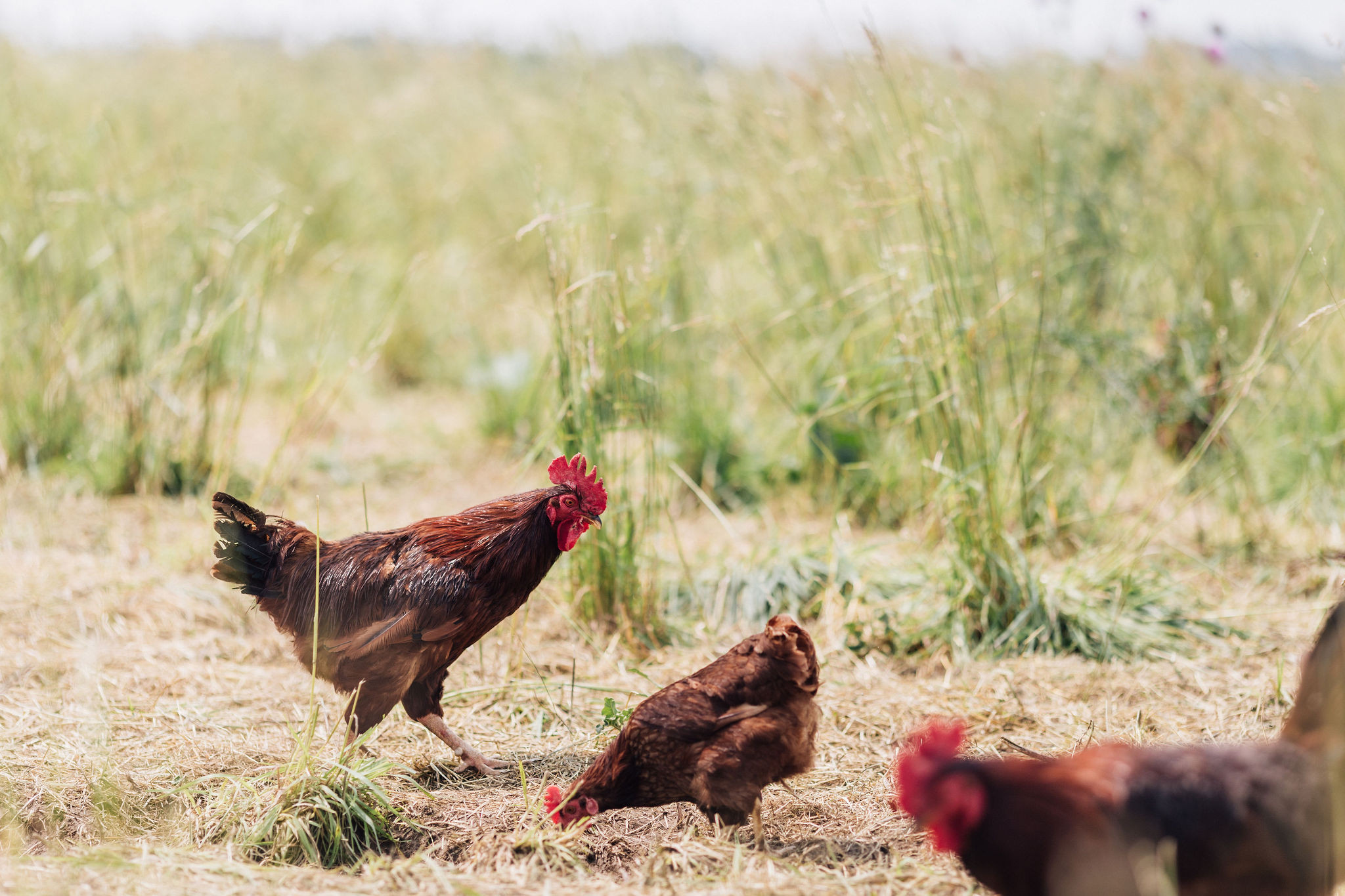The pork dilemma of blood, sustainability, and health
posted on
May 31, 2018
Pork is the most widely eaten meat, making up 38% of meat production worldwide.
Historically, pork has been a staple in traditional diets for thousands of years. Wild hogs were hunted in the wild and then eventually domesticated. Also historically, pork has been banned in cultures and religions for thousands of year. What’s the big deal? To eat pork or not to eat pork?
Blood: By reviewing live blood samples, the Weston A. Price Foundation determined that eating plain cooked pork has a negative effect on our blood. It causes clotting and biochemical inflammation and eventually chronic disease. These results brought shame to pigs.
On the other hand, Dr. Price observed many traditional people healthfully eating pork. It’s one of the oldest foods. What’s going on here?
The secret is that each traditional culture eats pork in a particular way – by marinating in vinegar or fermenting or curing or accompanying it with a fermented veggie. This counteracts the negative effects. Amazing!
Sustainability: Every farmer knows that a pig is a farm’s garbage disposal. They eat everything and love it! Our farmer feeds the pigs lots of skim milk. There is zero waste on our farm, largely due to the pigs.
Pigs also do amazing work with the soil. Their strong snouts uproot and turn the earth, gobbling roots and nuts. They clear the pasture forest floor, preparing it for new growth.
On the flip side, conventional pork farmers feed primarily corn and soy, which is incredibly taxing on the environment to produce. It consumes a ton of water, is likely GMO and covered in pesticides, and the fields are vast expanses of monoculture.
Health: There’s a lot of great stuff in pork that our body needs. It’s high in protein, B vitamins, zinc, and iron. Just three ounces of cooked lean pork covers you for more than a third of the daily requirement for thiamin, niacin, selenium, and vitamin B6. It’s a powerhouse.
On the other hand, pork has a reputation for being a “dirty meat”. Pigs digest food very quickly and do not sweat, so toxins build up in the fat. They also harbor many viruses and parasites, which can transfer to the meat. This is why it’s so important to source properly raised pork and cook it to 160 F.
I personally eat pork. Any problems mentioned above can be avoided, and, if raised properly, pork is darn delicious.
Right after college, I worked on a CSA veggie farm in NY, and the one animal they raised for meat was pigs. The farmer is a Harvard and Columbia grad and a sophisticated foodie. The reason he raised pork – it matters how it’s raised.
The food that our food eats matters. More so than with any other animal, the diet and lifestyle of a pig makes a huge difference in the taste and texture of the meat.
If a pig eats apples or whiskey mash or acorns, the meat will have a rich and distinctive flavor reminiscent of whatever it ate. If a pig eats a bland conventional diet of corn and soy, the meat won’t taste like much.
If a pig eats a diet high in polyunsaturated fat, the meat will be high in polyunsaturated fat, giving a very soft texture. Lowering the polyunsaturated fat leads to much firmer pork.
And, I can’t forget about lifestyle and health. A healthy animal gives healthy food. Pigs that live in a natural environment, with plenty of space to forage, dig, and wallow will be much less likely to have illnesses that can transfer into the meat.
Great news! At last, we have more pork in stock!
Here’s a pork recipe from the farmer’s wife – “Rebecca’s Delicious Pork Chops”:
- - 1 Tbsp. salt
- - 1 tsp black pepper
- - 3 tsp sage
- - 1 Tbsp. olive oil
- - 2 pork chops
- - 1⁄2 cup apple cider
- - 1 tart, firm apple, cored and cut into thick slices
- - 1 small onion, thinly sliced into rings
- - 1⁄4 cup raisins
- - 2 Tbsp. honey
Combine the salt, pepper, and sage and rub into the meat.
Pour the olive oil into a heated skillet and brown the chops over medium heat for 1 minute per side or until browned.
Remove from heat and place in a casserole. Add the cider, sliced apples, onions, and raisins. Drizzle with honey.
Cover and roast at 350 F for 1 1⁄2 hours or until fork tender.




